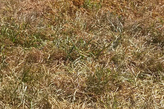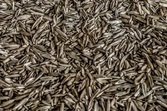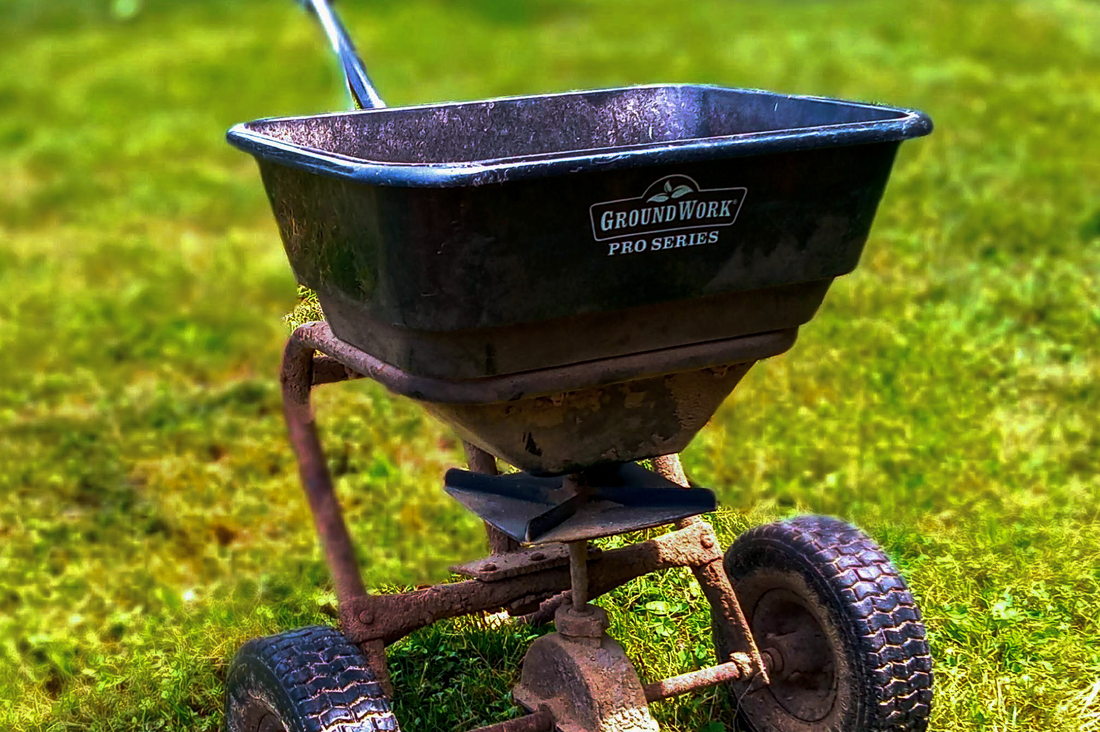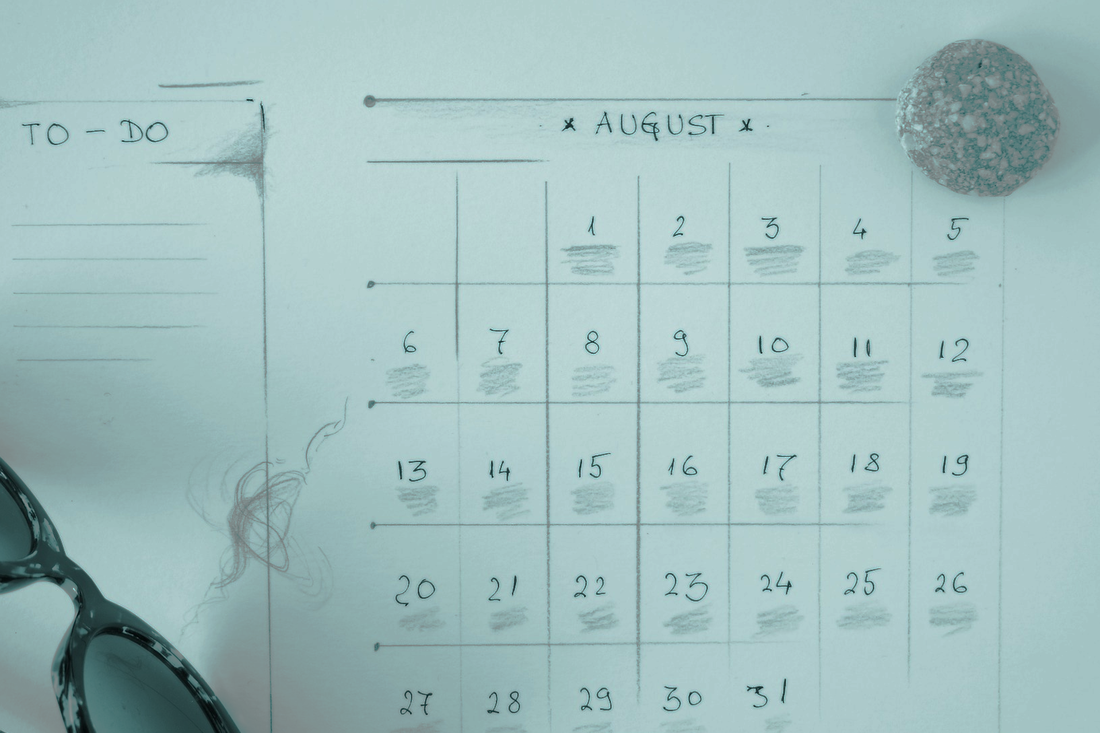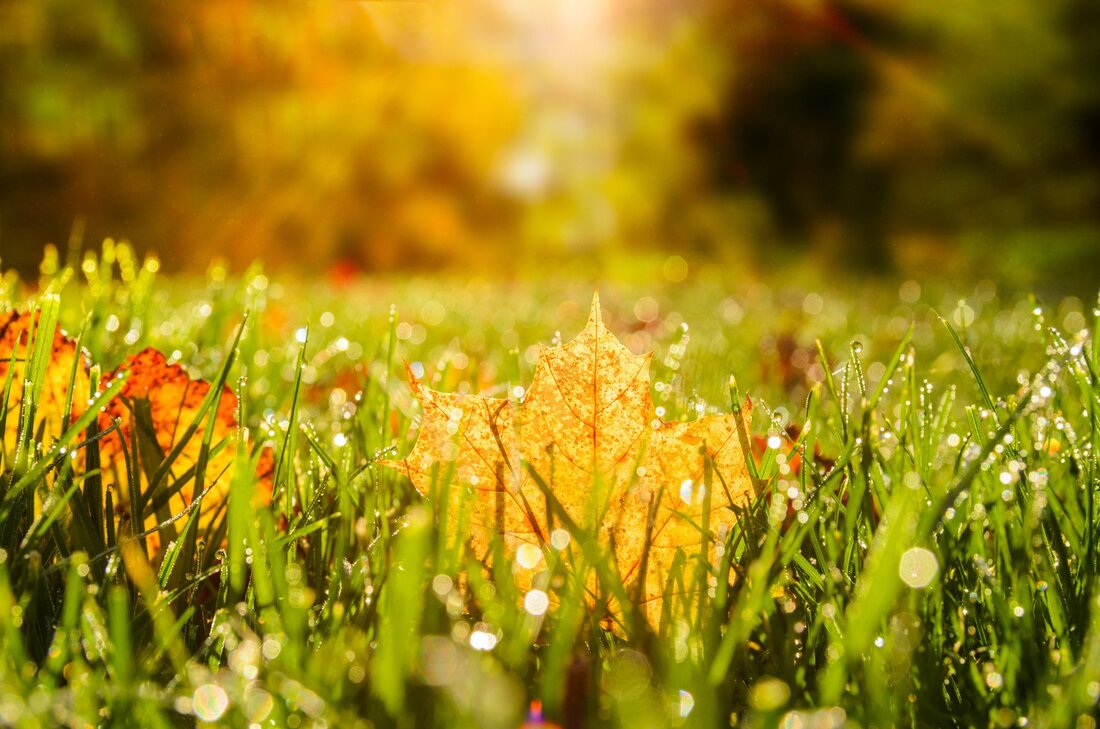Overseeding your lawn is a really important part of having thicker, healthier and greener turf with less weeds. It really isn't difficult to do, but it does require some knowledge to get the most germination for your buck. Read on to learn the why, what, how, when and where of overseeding your lawn. Keep in mind, we're a West Michigan-based company, so our recommendations are targeted for this region.
Why you should overseedNature loves diversity. On the flip side, it hates a monoculture. Our efforts, as 21st century American homeowners, to create a monoculture in our lawns goes directly against what nature wants. So, left to its own devices, your lawn is going to have a lot of diversity popping up. You might better know this diversity as "weeds." If you don't want weeds (and you don't want to use herbicides), what can you do? Very simply, regularly overseed your lawn and it will push out weeds.
Learn more... |
What you should overseed withSimply put, you need to put down a sun/shade mix of grass seed. You can buy this type of mix in most stores. Don't waste time trying to figure out if you need fescue or ryegrass or bluegrass. Just put down a sun/shade mix over your whole yard, and let nature sort it out. The shade-loving varieties will germinate in the shady areas, the sun-loving varieties will germinate in the sunny areas.
Learn more... |
|

